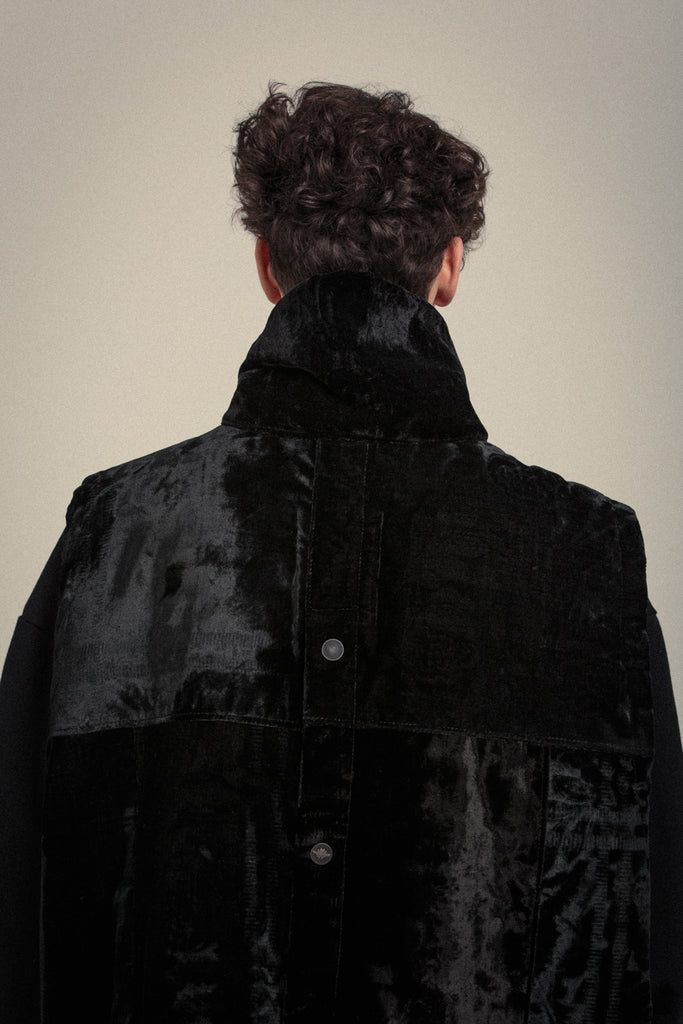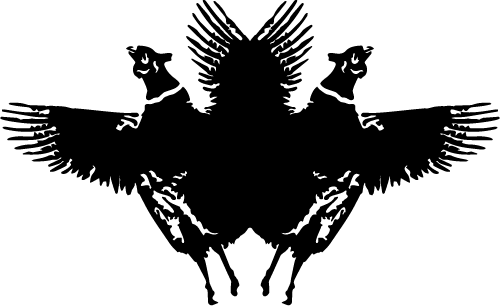
VELVET
The velvet textiles come from traditional Hungarian headkerchiefs and skirts mainly from the 1930s and 1940s. The oldest pieces are over a hundred years old.
The textiles were produced in factories, showing the marks of the technological developments of the late 19th and early 20th century. The motifs of the fabrics followed the fashions dictated by the designer houses of the era. The patterns were added mechanically after the production of the textile either using heat or blades. The difference is apparent only when closely absorbed: in case of heat-applied patterns, the threads are the same length but set in different directions, while with cut motifs, threads are all perpendicular but at different lengths.
Sometimes, additional embellishments were added around the perimeters, which, contradictory to their ribbon-like look, were not sewn on but woven into the textile with shiny threads that refract the light differently in colour combinations like black on black, green on black or blue on brown.
As usual in Hungarian customs, women changed the colour of their garments over time. Bright and light colours were reserved for young maidens, while women over 35 would navigate towards dark and black tones. In pre-fast-fashion era garment-making, throwing away garments was not in accordance with the mindset of people, so instead of discarding the pieces that eventually became unsuitable, they were dyed a colour that befitted the age of their wearer. The rapidly disappearing custom of wearing traditional costumes ultimately means that light coloured velvet skirts and kerchiefs are extremely rare to find in the 21st century.
These velvet fabrics indicated a higher status symbol due to their excellent quality and high price, making them both sought after and treasured by villagers. The pieces were worn only on special occasions, such as going to church or a wedding, and were preserved with extreme care by their owner.
In our REMADE pieces, we continue the legacy of these traditional textiles with contemporary reinterpretations worn by all genders. One velvet coat is usually made from 9 headkerchiefs, which originate from different areas of Hungary, bringing together their stories through space and time.




























